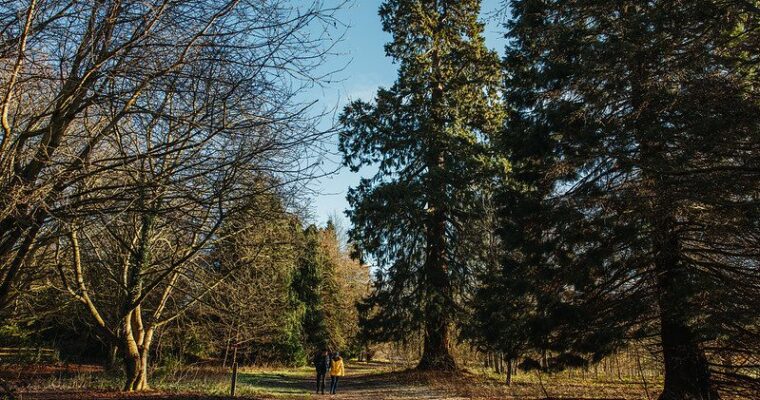Cinderhill Community Woodland
Cinderhill Woods is maintained both for its important, wildlife-rich habitats and for the local community, as a place to enjoy the beauty of the countryside on their doorstep. Covering a total area of 12 hectares, there are heathlands and grasslands, woodland and streams to explore. A well-managed network of paths and permissive bridleways across Cinderhill provide the opportunity to see a variety of flora and fauna throughout the year.
Areas of lowland heathland are of great importance; each small area of heath acts as a ‘stepping stone’ enabling flora and fauna to migrate across the high weald and beyond.
The heath needs to be managed in order to prevent colonisation by birch and bracken and to maintain the heather by cutting it to encourage re-growth. In the summer months Cinderhill is host to a flock of hebridean sheep that graze on the bramble and birch saplings. A part of the heath is significantly wetter and here you can find areas of sphagnum mire, a moss bog. Mires such as this are particularly rare in Kent.
The stream-side woodland mainly consists of mixed coppiced trees, including ash, alder and hazel. Coppicing encourages a wide variety of ground flora such as bluebells and primroses in the spring months, as well as several orchid species and the scarce lesser skullcap.
The Sweet Chestnut Coppice at Cinderhill is being brought back into management so that the wood can be harvested in a sustainable way for fencing materials, garden furniture and firewood. KHWP is working with the Kent Wildlife Trust to maximise the potential of this woodland management method for wildlife, by simultaneously cutting areas on both reserves.
A total of 60 bird species can be seen at Cinderhill, including the Turtle Dove which possesses its own Biodiversity Action Plan. The green woodpecker can be seen searching for insects, and Kestrels can be seen hovering over their prey. Willow tits dart in and out of the streamside woodland as they build their nests in the snags of deadwood. Many reptiles also make a home at Cinderhill, including slow worm, common lizard, and the adder.
Easy access information
A firm stone path runs from the carpark area down to the Snake sculpture and viewpoint. It can be used as an accessible route, the path meanders through woodland so can be more difficult in winter months.
Uneven trails and unsurfaced pathways meander through the rest of the site. Horse gates may make it difficult for visitors with pushchairs and/or wheelchairs to access the heathland area.

